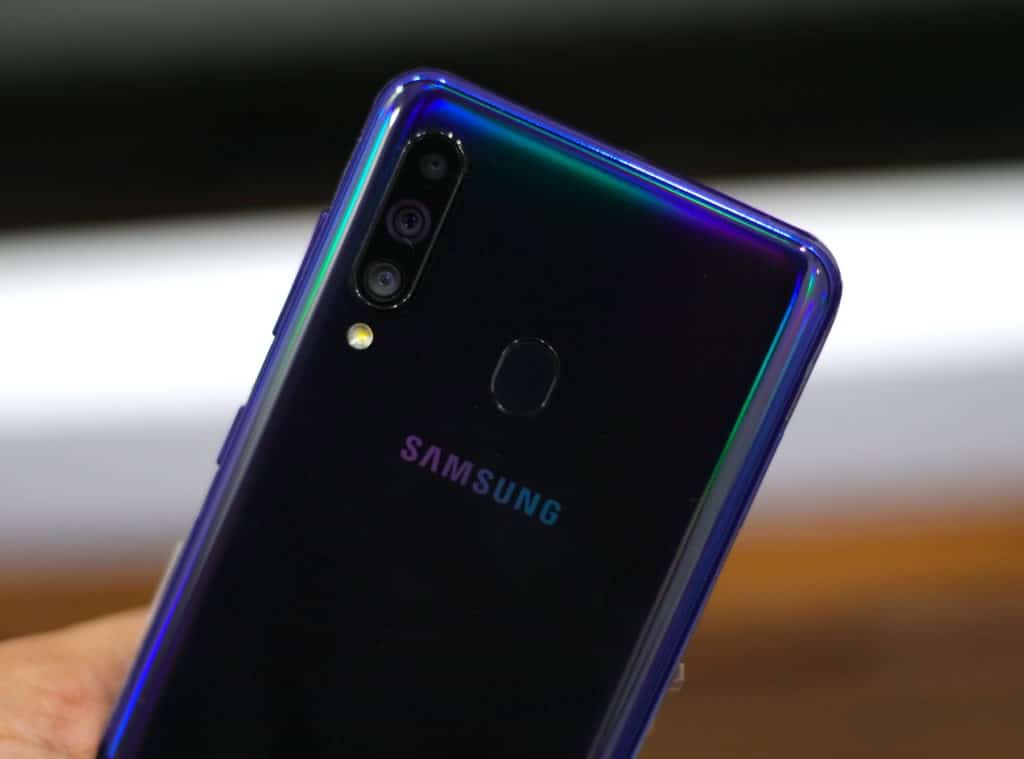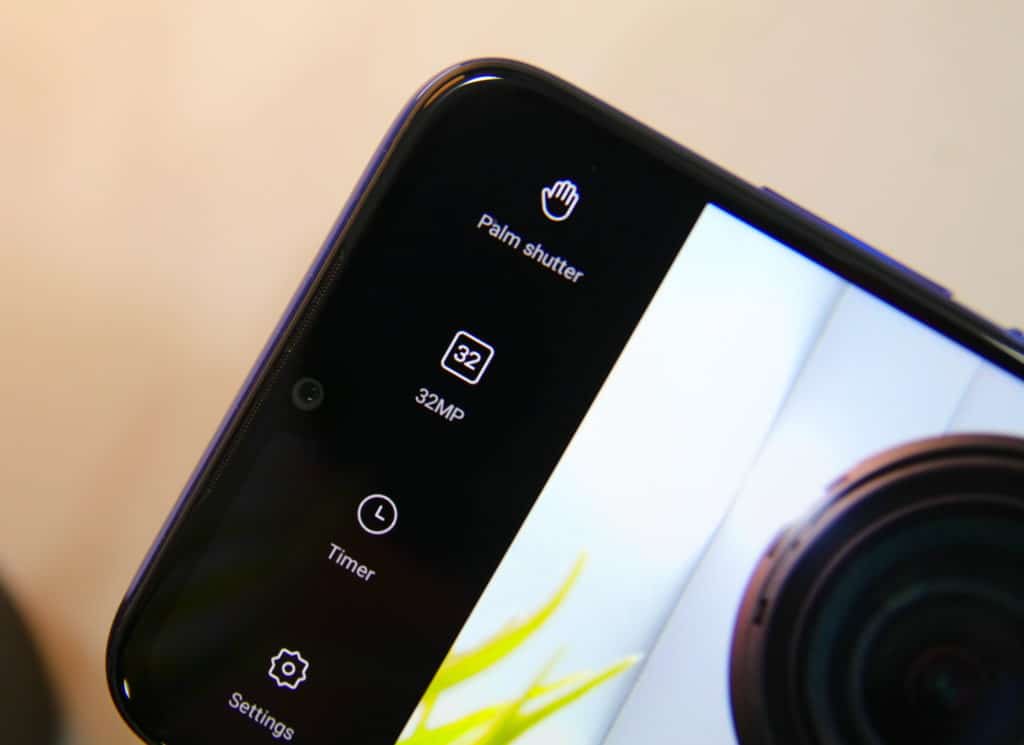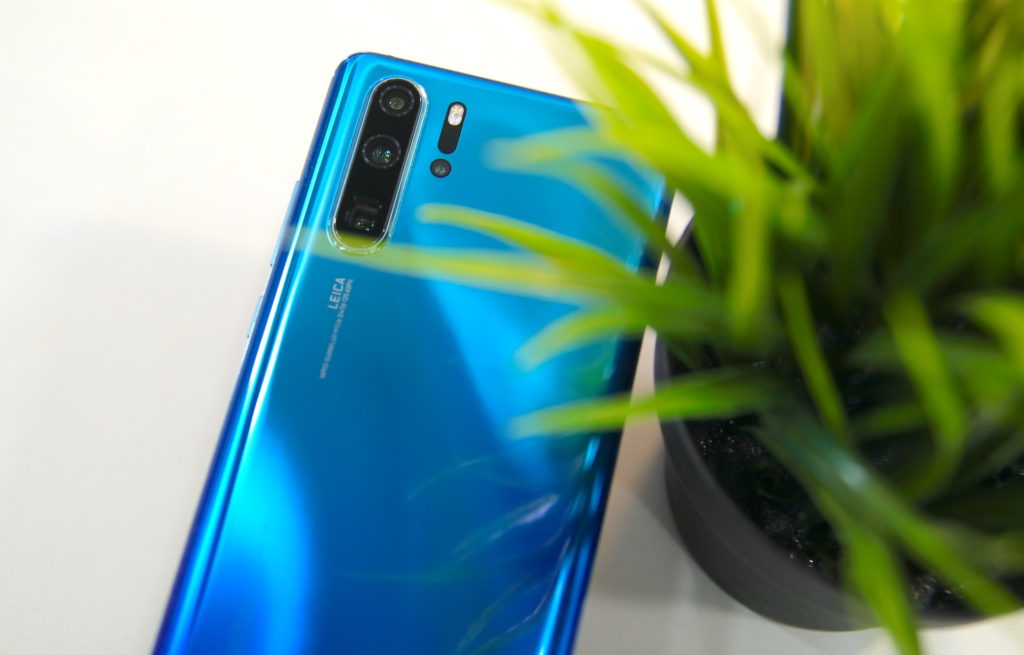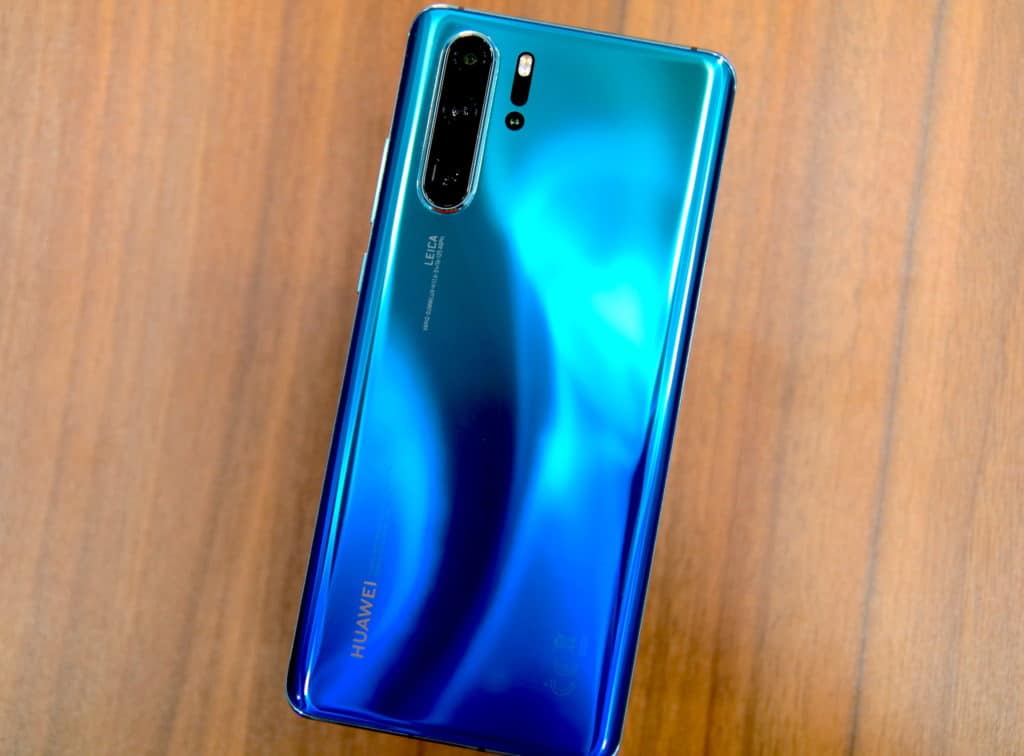
Android smartphones have come a long way since their inception in the battery life department. OEMs have mitigated the poor battery life issue on their devices by using some nifty software tricks and by primarily increasing the battery capacity.
Sadly, there is a flip side an increased battery capacity: longer charging times. Charging a phone with nearly a 3,000mAh battery can easily take more than 3 hours or sometimes even longer, which can lead to a frustrating experience for many. Thankfully, many OEMs are able to workaround this issue by incorporating Quick Charge that allows their device to be charged from 0-100% in less than 2 hours, irrespective of the battery size.
Nonetheless, if your Android device does not have Quick Charge or is taking ages to charge despite coming with Quick Charge technology, we have some tips for you that will help in reducing its charging time.
Use a higher amperage charger
Android OEMs are known to cut corners in certain components and one such component where they frequently cut out is the wall charger. Instead of supplying a high voltage/amperage charger with their device, OEMs will bundle a standard 1.5A/9v charger that can take significantly longer to charge the device.
The Moto X (2014) and the LG G4 are the prime example of this. Despite coming with Quick Charge technology built-in, Motorola and LG do not bundle a Quick Charge compatible charger with them in most markets of the world. Instead, they bundle a 1.5A and 1.8A charger with the handsets that take up a fair amount of time to charge them.
If you are looking to buy a Quick Charge compatible charger from your device, but are worried compatibility issues, be rest assured that Quick Charge, Turbo charge, and any other fast charging technology that you hear about are all compatible with each other. There is also no need to buy a costly Quick Charge charger from your OEM. Instead, you can grab one from Aukey from Amazon for likely half the price of what your OEM is charging.
Don’t use your device
If you want your Android device to charge as quickly as possible, make sure to not use it while it is being charged. Most Android smartphones draw only about half the power from the charger when they are being used. This is done so as to prevent the device from overheating and causing damage to its internals.
Smartphones with quick charging support like LG G4 or Samsung Galaxy S6 will also end up greatly reducing the current they draw from the charger when they are being used, which means they will take a significantly longer time to charge. On the LG G4 in fact, the current draw is reduced to such an extent that the device can take more than 3 hours to charge to 100% compared to its usual charging time of around 1.3 hours.
Ditch wireless charging

Wireless charging has still not become mainstream, but certain high-end Android devices do come with this feature built-in. While there is no denying the fact that wireless charging is convenient, you should also keep in mind that it is slower than the traditional wired charger. Wireless charging is best suited for situations when you just want to top up your phone’s battery at a leisurely pace.
Even on devices like the Galaxy Note 5 and Galaxy S6 edge+, which feature fast wireless charging, using a wired fast charger will charge the devices significantly faster.
Always use the wall charger

Using your computer or laptop to charge your smartphone is not particularly an efficient way. Almost all laptops and PCs nowadays come with a USB 2.0 port that is only capable of delivering up to 0.5A of power. For comparison, most high-end smartphones now ship with chargers that are capable of delivering up to 2A of power.
Thus, if you want are looking for the fastest way to charge your Android smartphone, always use a wall charger.
Don’t switch it off
One tip that most people tend to know and follow to quickly charge their device, is to switch it off. This reduces the additional battery drain from the modem and other components of the smartphone, which in turn allows the handset to charge faster. While this tip might have been true for phones launched in the early 2000s, the benefit of following this method with today’s smartphones are almost negligible.
Your may end up charging your device 5 mins faster if you switch it off while being charged, but will it be worth the trouble?
What are some of your tips and tricks to quickly charge your Android device? Drop in a comment below and let us know!









